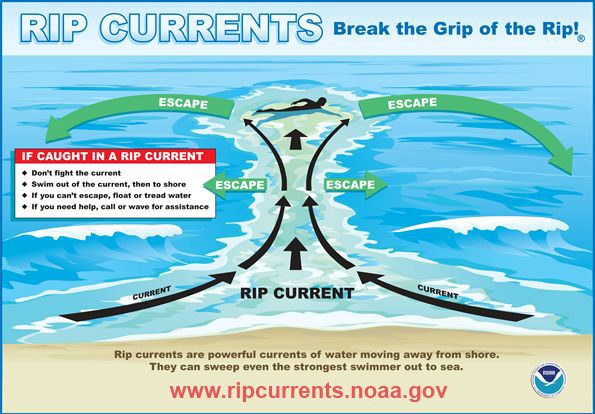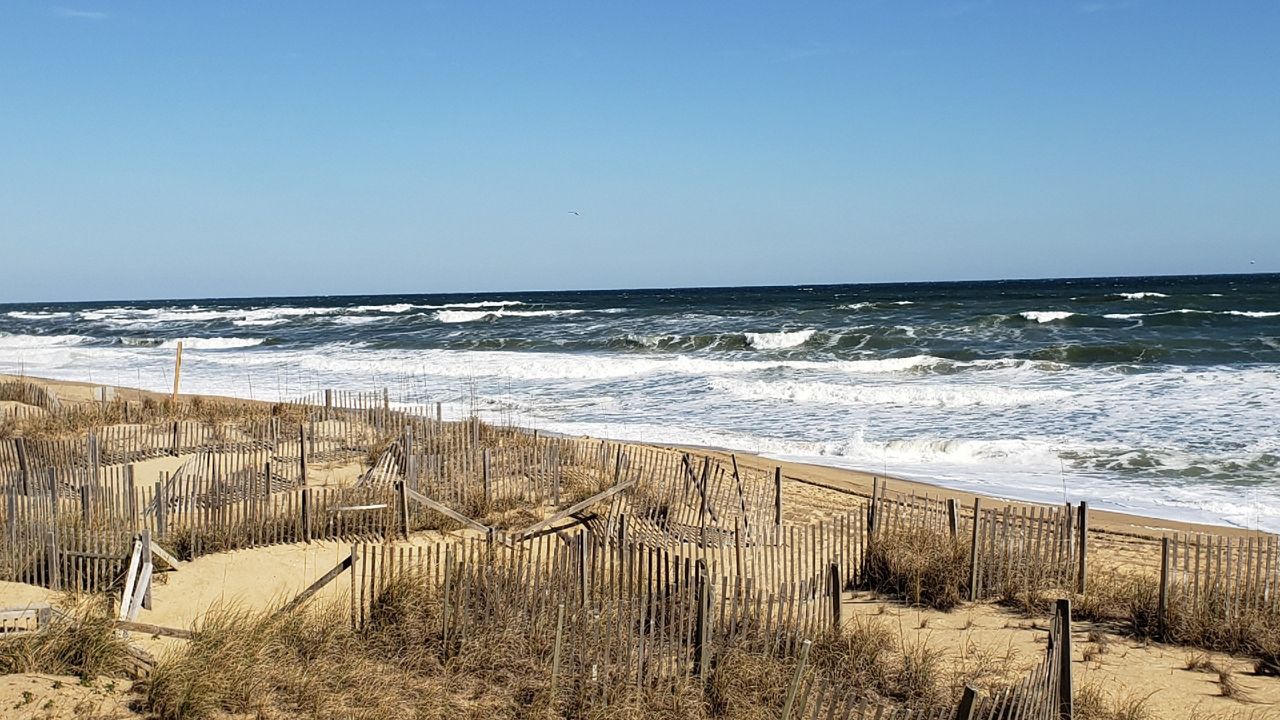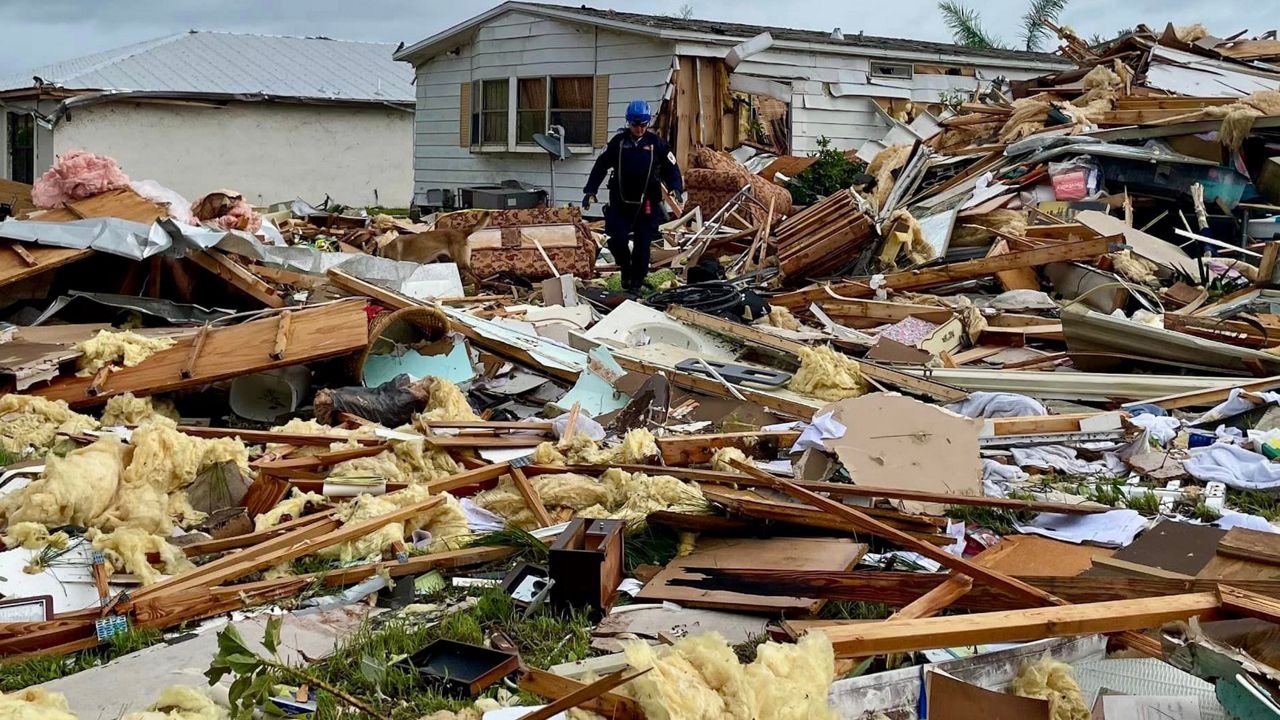If you're heading to any North Carolina beach this week, be aware of an increased chance of rip currents and flooding.
Today, there is a moderate threat for rip currents along our coastline, including along the Outer Banks.

That threat is expected to increase along the North Carolina coast over the next few days as Hurricane Franklin strengthens into a major hurricane over the western Atlantic.
Fortunately, Franklin will stay offshore and will not have a direct impact on the U.S. East Coast. However, the swell from Franklin will bring an elevated rip current risk and dangerous surf to North Carolina beaches Monday through the rest of the week. Beach erosion can be expected with some localized ocean overwash possible along the Outer Banks. Tropical Depression Ten would only exacerbate the issues mid- to late week.
Rip currents are powerful channels of water that can pull even experienced swimmers away from shore.
If you get caught in a rip current, lifeguards recommend swimming parallel to the shore. Do not swim against the current. Once free of the rip current, swim back to shore at an angle.

Over the last couple of decades, North Carolina has had an average of eight people die from rip currents per year.
From 2013 to 2022, there were 69 fatalities at beaches in North Carolina resulting from rip current drownings or some other beach hazard, like shore break or long-shore currents.
That number is higher than the total number of deaths in the state from tornadoes, lightning strikes or flash flooding during that same time period, which was 66.
Our team of meteorologists dives deep into the science of weather and breaks down timely weather data and information. To view more weather and climate stories, check out our weather blogs section.









